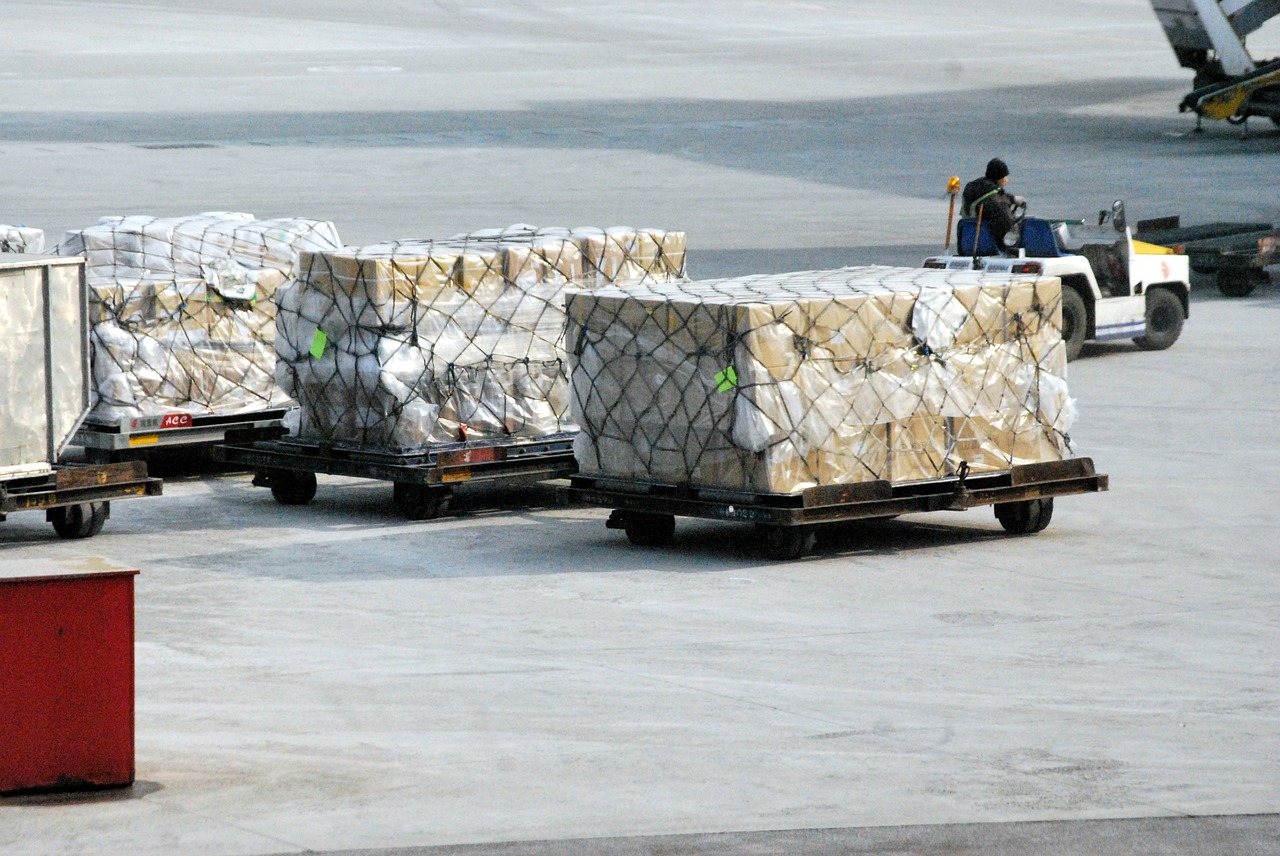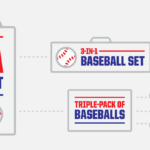Each week, we publish a mishmash of ecommerce related, insight infused articles for your to smash through. Just as we collect business information across all of a merchant’s channels in a single place, we’re doing the same for ecommerce related content from a variety of top tier content creators.
It seems like we’ve been covering fulfillment non-stop for the past couple weeks, so let’s top it off with a fulfillment-oriented mishmash. Much of the ecommerce world is changing — from sales channels to consumer behavior — and fulfillment is definitely no exception. Over the past year couple of years, we’ve seen the emergence of delivery drones, on-demand delivery drivers, growing consumer preference for 2-3 shipping, and more. How are things shaping up now that we’re halfway through 2016?
Shipping Daze
Shipping and fulfillment are two peas in a pod. They’re inseparable from one another, with the fulfillment process largely being dependent on the former. But let’s not forget why shipping’s important; it can make or break a sale. Consumers these days are said to be devoted to instant gratification, expecting quick delivery. They don’t want to wait for products, and a large shipping fee slapped to the final checkout page can chase them away. All of this depends on the delivery timeframe — so how long are they willing to wait?
Research by UPS and comScore on more than 5,000 online shoppers reveals that they’re surprisingly mislabeled. Close to half of the respondents were cool with longer, affordable delivery options of 5-7 days from time of purchase, followed by by 3-5 and 2 day shipping at 20% each. The biggest factor in delivery options, not surprisingly, is cost. But in the event that a consumer does choose fast delivery at the expense of a premium cost, it’s almost always a consequence of time — they need the product urgently for whatever reason.
The Prime Cause
The punching bag taking the brunt of the blame for consumers’ supposed addiction to quick delivery is none other than Amazon Prime. How does an e-retailer compete with a service that guarantees 2 day delivery on an expansive product catalog? Wrangling with Amazon Prime is no joke, but the best methods of doing so don’t necessarily lie in the realm of shipping. There are better substitutes than swift shipping. Internet Retailer briefly covers how e-retailers, including some that technically sell on and compete with the marketplace, tackle the issue. It’s best to offer the consumer what your competitor can’t, and, in the case of David the merchant and Goliath the mammoth marketplace, that’s a personal level of service.
Droning On
Apologies for always bringing up Amazon, but it comes with the fulfillment territory, or, in this case, the fulfillment sky. How are those drones doing these days? It’s been a while since Amazon’s hyped, drone delivery reveal, and it’s looking like it’ll be an even longer period of time before they officially take to the skies. The use for drones is showing no sign of slowdown, though, with some employed as aerial photographers and others as building and bridge inspectors. But regulators aiming to control the risks of drone use are hovering around, making little progress. There are serious concerns in this day and age over the safety of drones as well as their impact on our day-to-day lives, and hammering out the regulations is taking a while.
Safety On Lock
Soaring robots sounds pretty neat, but what’s something simpler rocking the world of fulfillment? Something like a locker that stores your packages safely so you don’t need to stress over them being frighteningly exposed outside your front door, anxiously awaiting your warm embrace. That’s at the core of UPS’ Access Point Locker program, a shipping option that allows consumers to choose nearby UPS lockers as safe, 24/7 accessible delivery locations. After successfully testing it in Chicago, the carrier plans to roll it out to over 300 nationwide locations. Safety isn’t its only appeal either — it saves UPS time and money on delivery expenses.
The Hurdles of a Hybrid
Not quite as common as your e-only-retailers, hybrid merchants that sell in-store and online are having a tough time straddling their inventory across both channels. Profitably selling to online and in-store consumers is causing angst for many, with inventory collecting little dust as orders flood in from both channels. To combat the issue, trends show that retailers, rather than buying and storing in bulk, are purchasing less inventory but restocking more frequently as orders flow in.
On the consumer side of things, those hybrids are also having to adjust to a somewhat-growing shipping option: click and collect. A surprising trend from holiday season 2015 was the substantial amount of consumers opting for click and collect, which combines the best parts of buying online and offline. The option involves consumers purchasing freely online but choosing to pick up their orders from the brand’s physical location. It’s a big part of what’s dubbed as omnichannel selling, and, according to stats, it’s not going anywhere anytime soon.




